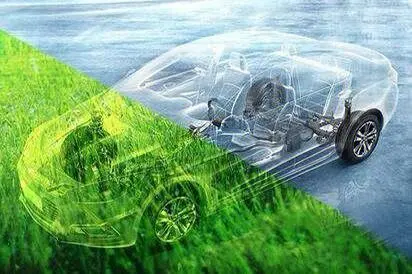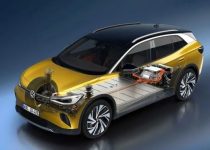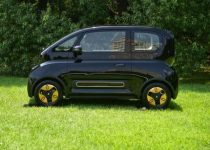What are some common misconceptions about electric vehicles?
There are several misconceptions about electric vehicles (EVs) that may affect public perception and hinder their widespread adoption. Some common misconceptions include:
- Limited driving range: While early electric vehicles had relatively short driving ranges, modern EVs have made significant improvements in this area. Many current models offer ranges of 200-300 miles (320-480 km) per charge, with some high-end models providing even greater distances. Continuous advancements in battery technology will further increase the range of EVs in the future.
- Long charging times: Although charging an electric vehicle can take longer than refueling a traditional gasoline-powered car, charging technology has progressed significantly in recent years. Fast-charging stations can charge most EVs to 80% capacity in as little as 20-30 minutes. Additionally, the majority of EV charging occurs at home or work, making charging times less of a concern for daily use.
- Lack of charging infrastructure: While charging infrastructure is still developing, especially in rural areas, the number of public charging stations is growing rapidly. Many governments and private companies are investing in expanding charging networks to facilitate long-distance travel and accommodate the increasing number of EVs on the road.
- Electric vehicles are slow: Electric motors deliver instant torque, which allows EVs to accelerate quickly and often outperform comparable internal combustion engine (ICE) vehicles. Many electric vehicles boast impressive 0-60 mph (0-100 km/h) acceleration times, and some high-performance models even rival or surpass the performance of supercars.
- EVs are not environmentally friendly: While the production and disposal of EV batteries can have environmental impacts, the overall lifecycle emissions of electric vehicles are generally lower than those of ICE vehicles. This is particularly true when EVs are charged with electricity from renewable sources. Additionally, EVs have no tailpipe emissions, which reduces local air pollution.
- Electric vehicles are expensive: Although EVs may have higher upfront costs compared to ICE vehicles, the total cost of ownership can be lower due to reduced fuel costs, lower maintenance expenses, and available government incentives. As battery technology improves and economies of scale are realized, the purchase price of electric vehicles is expected to continue decreasing.
- EVs are not suitable for cold climates: While extreme cold can affect the range and performance of an electric vehicle, most modern EVs are designed to handle a wide range of temperatures. Features such as battery thermal management systems, pre-conditioning, and heated seats and steering wheels can help improve the performance and comfort of EVs in cold weather.
By addressing these misconceptions and providing accurate information about electric vehicles, public perception can be improved, which may ultimately help accelerate the transition to sustainable transportation.



